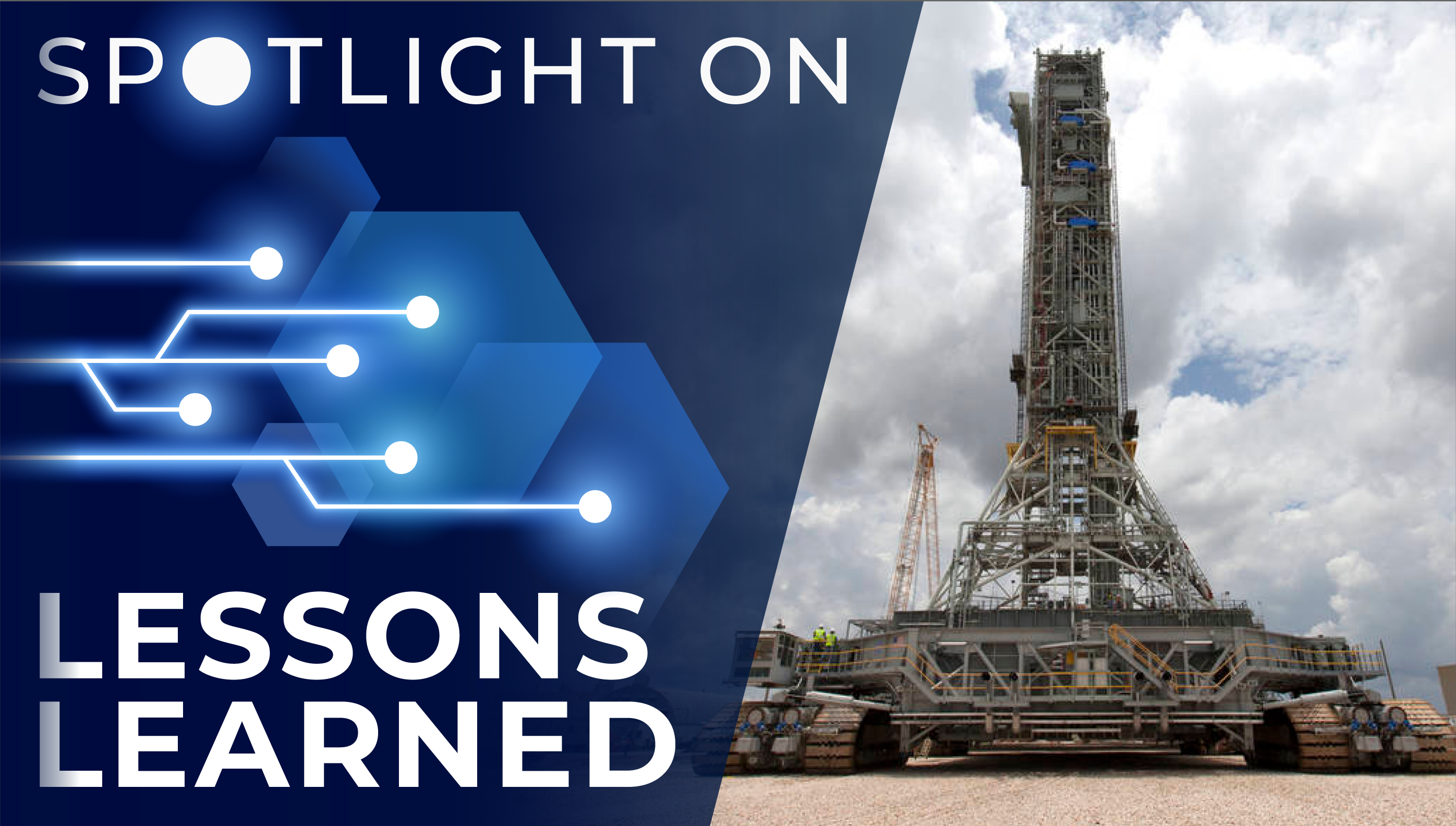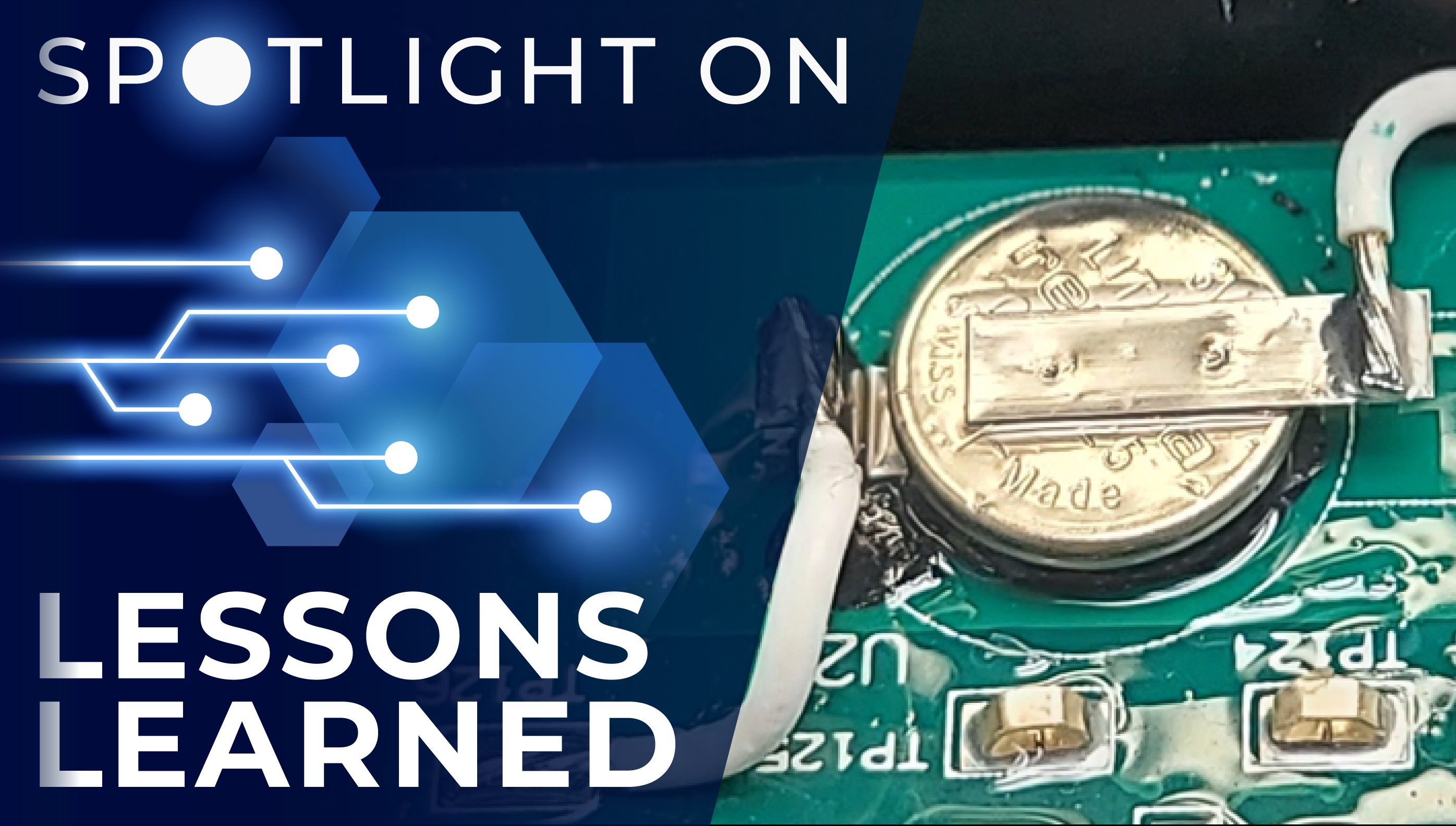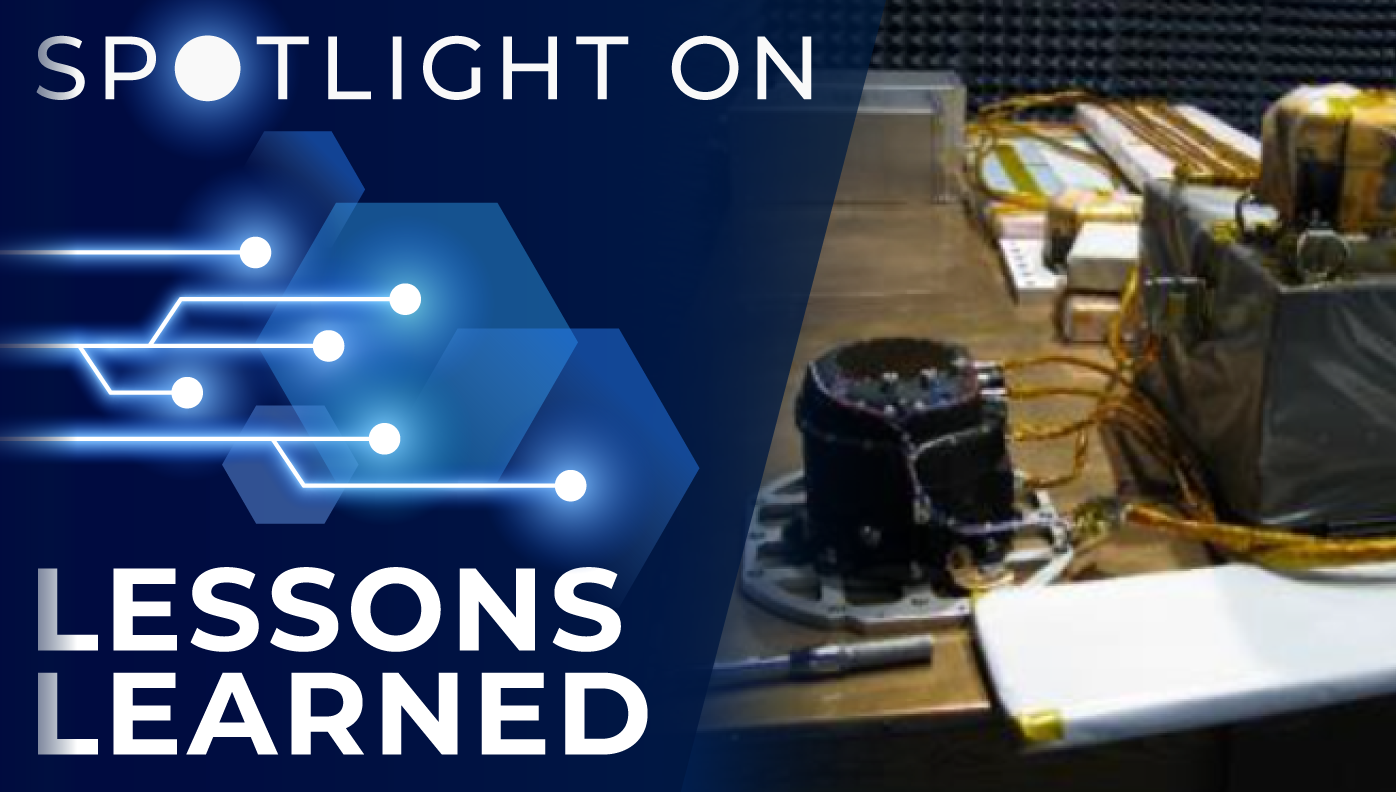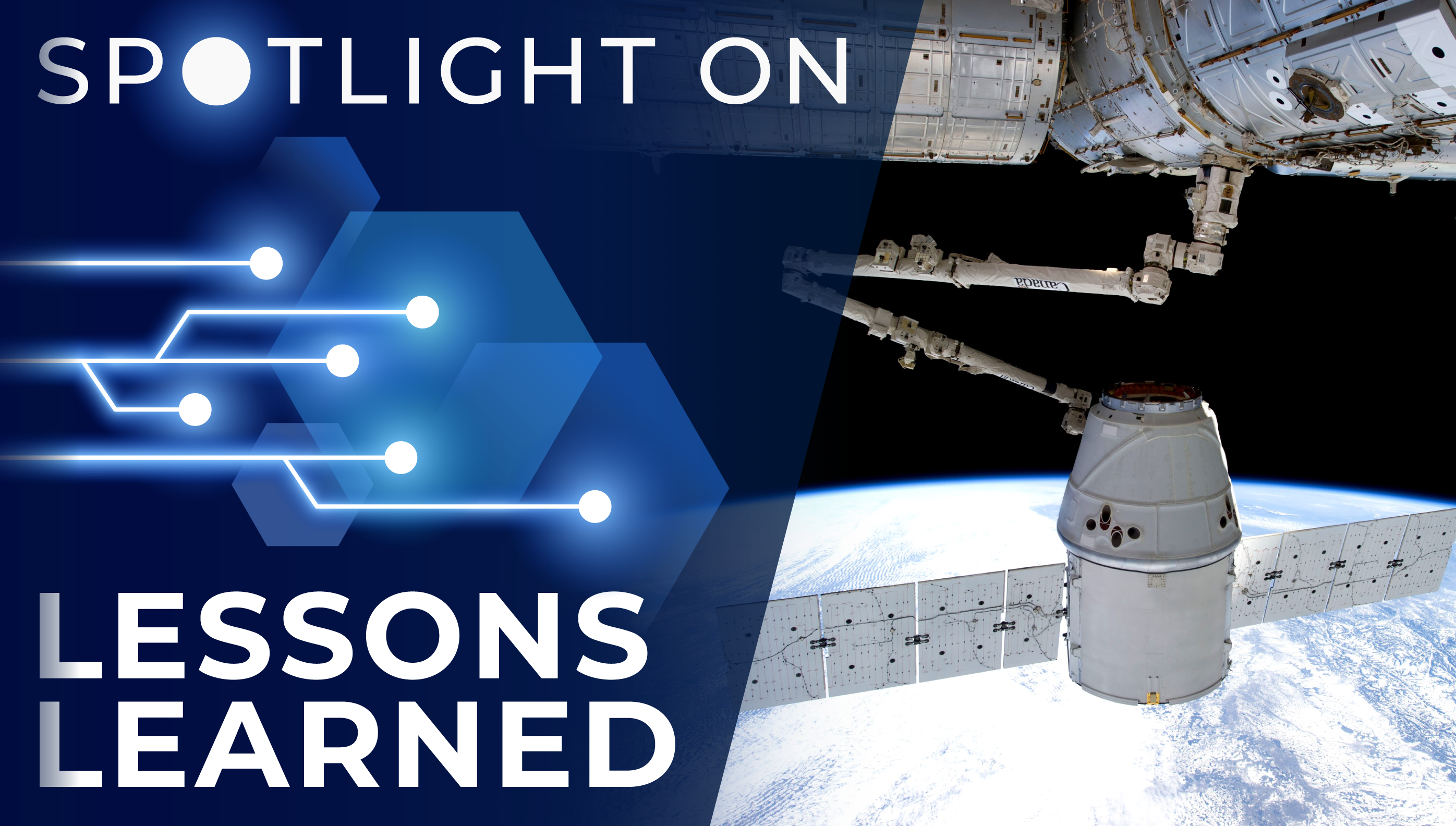
Procedures developed by the NASA community to identify, catalog, and inspect accident debris proved invaluable in the Space Shuttle Columbia accident investigation.
On February 1, 2003, the Space Shuttle Columbia and its seven-member crew were lost. In the ensuing investigation, over 25,000 searchers were deployed to retrieve, identify, and catalog spacecraft debris. Searchers were divided into teams and based on the projected flight path and tips from the general public were assigned to different areas of rural Texas to search for debris from the Columbia accident.
Within days of the accident, NASA Thermal Protection System (TPS) engineers and system experts were assigned to search teams. These subject matter experts helped to identify whether potential debris was space shuttle-related. In addition, these experts provided detailed analysis of each piece of debris, including a parts identification, its location on the vehicle, and a damage description. Debris was cataloged with photographs and GPS coordinates. Standard forms of documentation were developed to ensure consistent, detailed recording. Together, these efforts helped establish the shuttle breakup and debris pattern.
The recovered parts were then transported to Kennedy Space Center, where engineers and systems experts provided more detailed analysis, including thermal and material evaluation. Parts were arranged in a grid to correspond to their respective location on the vehicle. Using the 3-D Electronic Maps (E-Maps) mapping tool, which was originally designed for tracking tile waterproofing and TPS inspection status, a correlation between the location on the vehicle and the time of disintegration could be established. Having system experts in the field to identify debris by comparing hardware characteristics such as tile thickness and shape and then plotting the location of the debris was significant in determining the cause of the Columbia accident.
Lesson Number: 3736
Lesson Date: September 19, 2010
Submitting Organization: Kennedy Space Center
HIGHLIGHTS
LESSONS LEARNED
- Having TPS engineers and system experts deployed as members of the Columbia accident debris evaluation and recovery group proved invaluable in determining the cause of the accident.
RECOMMENDATIONS
- In any contingency operation, include a detailed plan to involve technical experts in any accident investigation from the beginning.
- Technical experts can help safety investigators identify parts and recreate the crash environment.
Consult the lesson learned for complete lists.

Mike Ciannilli
Credit: NASA
NASA Apollo Challenger Columbia Lessons Learned Program Manager Mike Ciannilli on the importance of this lesson learned:
When you’re trying to initiate an investigation and come to the root cause of an accident or mishap, the consistency and makeup of the team is really critical. I believe the processes and plans we developed during the Columbia recovery operations can now serve as an invaluable template for any future mishap recovery operations and investigations.
The first effort was to go out and get the hardware. In this mishap our hardware wasn’t located where we were. It was located well over 1,000 miles from the Kennedy Space Center, so there was a distance issue. We had a limited number of resources we could employ there, which meant we had to be very selective of the folks that we sent out.
In addition to the distance challenge, a second challenge was that Columbia was not in the condition after the accident, of course, that it was pre-accident, so identification of the artifacts coming back was going to be much more difficult than if you look through a preflight manual. The piece would not look the same. So, trying to identify what was what and what you learned from that was very important.
The vast majority of the search teams that were sent out from a contractor and NASA civil servant perspective were sent from the Kennedy Space Center. And on first take, that invites a question since Johnson Space Center was much closer to the accident site. But it really went to the fact that the folks at Kennedy had the intimate, day-to-day knowledge of what the hardware components were, what they looked like, how they operated, and what their expected appearances and conditions were. So that intimate knowledge of working with the hardware in a very real, hands-on sense was tremendously instrumental in being able to now look at hardware that looked different from its original appearance because of what it had gone through and be able to effectively identify objects. So, it’s really critical to identify people who have that unique and critical working knowledge, not just from pictures or specs or handbooks, but actual hands-on, eyes-on experience.
Another part that was very important for us was to have a diversity of folks that represented a wide array of systems, and technical experts on the entire orbiter itself. And that’s critical because as you could imagine as the vehicle went through this mishap, the items changed dramatically, sometimes in appearance, sometimes in color, and sometimes in makeup. Some pieces were completely disfigured from what they originally looked like and having an expert in every system helped identify what systems the items belonged to.
It became very challenging in some cases to identify certain pieces due to more destructive forces on them. Having that in-depth knowledge of the systems would help someone recognize that a piece looked like it belonged to their system as opposed to another system, even though both were metal or potentially similar in seemingly insignificant characteristics that might prove very significant in the identification of the piece. It’s important to make sure you’re covering all the bases because in many cases you’re not sure exactly what you’re going to get back or find, and you certainly don’t want to miss key pieces that somebody without the right experience or expertise might be unable to identify.
Another very important lesson learned when it comes to identifying artifacts and debris from accidents and mishaps is to truly keep an open mind to all information and data that you’re receiving. We all come naturally with our own biases of what things may look like, how things may have changed, and what things might happen. But through the Columbia recovery experience and investigation, we learned a tremendous amount and learned many things that we didn’t expect of what would happen to certain materials and what would happen to certain types of structures in different destructive phases. Some things happened that we didn’t expect beforehand. So, we learned a lot, and I think keeping an open mind for what you see and observe and trying to suppress to some degree the presupposed notions allowed us to potentially make sure we got all the items brought back, even if it didn’t look like it was part of ours. We kept an open mind to saying, ‘Well, you know what? Maybe it could be.’
And communicating that across the teams was absolutely essential. During Columbia folks started giving reports back of, ‘Hey, look for these kinds of telltale signatures that are unexpected. But we’re seeing those more and more.’ I know it helped me when I was flying in helicopters searching for Columbia. I would look for some of those things as we had debriefs and talked about those. And the more I learned about what other people were learning, that made me become a better searcher from the air. And it helped our ground teams as well. I think we were more successful in bringing more of Columbia home and then, hopefully, the folks who were studying Columbia had a better sense of what they could truly learn from the artifacts based on other people’s open-mindedness and willingness to share amongst all the teams.
This approach of how we did a recovery operation or an investigation from start to finish is really a model that’s applicable and usable through a multitude of scenarios into the future. As NASA goes forward and develops new rockets and spacecraft, and now bringing in the commercial sector, which is going to have a whole host of other vehicles from different companies and vendors that work with NASA, having that technical knowledge on each one of those vehicles and systems is even more paramount. We can bring those folks in, and they can do the proper identification in the field if it’s a recovery operation or on-the-bench inspection. Testing and analysis for the investigation phase becomes even more paramount as the components of hardware become more widespread and more diverse in the future.
Related Resources
Apollo, Challenger, Columbia Lessons Learned Program
Columbia Accident Investigation Board
NASA EDGE: Apollo, Challenger, Columbia, Lessons Learned Program
Spotlight on Lessons Learned is a monthly series of articles featuring a valuable lesson along with perspective from a NASA technical expert on why the lesson is important. The full lessons are publicly available in NASA’s Lessons Learned Information System (LLIS).
If you have a favorite NASA lesson learned that belongs in the spotlight, please contact us and be sure to include the LLIS Lesson Number.









